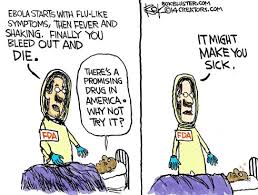The Curious Case of Ebola Treatment in Africa vs. the West
Ebola Epidemiology
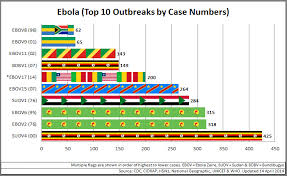
A Short History of Ebola
According to various sources such as the WHO and CDC, the disease known as Ebola first manifested in the Democratic Republic of Congo (DRC) in 1976. This virus was named Ebola after the river near which it was identified. 88% of those infected succumbed to the disease. There was a simultaneous outbreak in the Sudan in the same year, this one known as Sudan virus, which killed 53% of those infected. Also in 1976, a laboratory infection of Sudan virus occurred in England. The single patient survived the accidental contamination. Between 1977 and 2013, various outbreaks have occurred in DRC, Sudan, the United States of America, Russia, the Philippines, Italy, Gabon, Ivory Coast, South Africa and Uganda. Mortality rates from these infections ranged from 25-100%. An interesting asterisk to these infections is the Reston virus derived from Philippine monkeys and introduced to human laboratory populations both in the U.S. and Philippines. In both cases, some patients developed antibodies to the virus but they were asymptomatic and none of them died.
Virus Strains
In 1976 the first outbreak in Sudan was known as Ebola-Sudan this followed few months later by EBOZ or Ebola-Zaire which emerged in Yambuku in the Democratic Republic of Congo. It recorded a mortality rate that is still the highest at 88%. However, the natural reservoir for Ebola has never been identified despite the best efforts of accomplished researchers. Reston virus or EBOR was the third strain of Ebola identified from monkeys imported from Mindanao in the Philippines to Reston Virginia. The last strain of Ebola is EBO-CI or Ebola Cote d’Ivoire which came to light in 1994. The current outbreak is as a result of EBOZ.
The Ebola Virus
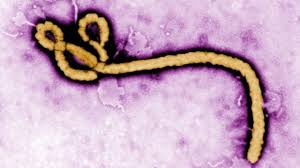
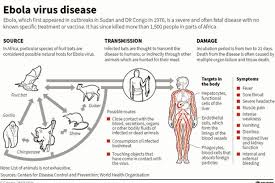
Current Ebola Epidemic
The first case of the 2014 outbreak was recorded in Guinea on March 22nd. As of October 8th 2014, there were 8,000 people infected with Ebola in Sierra Leone, Guinea and Liberia according to the latest report from the WHO. 3, 857 persons have died and the WHO report states that there is continued deterioration of the situation and transmission of the virus in these West African countries. There is no evidence that the outbreak is being brought under control in this region and there is under-reporting of incidence in key areas.
This scenario contrasts sharply with that in Western nations where those affected are few. The outbreak is just emerging in countries such as Spain and the U.S. In the United States experimental drugs are being used to treat patients. These include ZMapp (which is said to be depleted according to the Centre of Disease Control) TKM-Ebola and Brincidofovir which was given to Eric Duncan, the latest American casualty of Ebola. The use of experimental drugs on non-U.S patients is undocumented although CNN did report that drug companies claimed to have supplied ZMapp to those African countries that requested it.
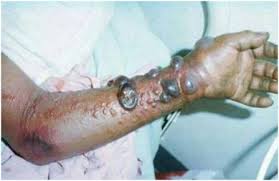
What Strengthens the Odds of Recovery?
If one observes the epidemiology of disease, it is clear that poverty is a factor of mortality in this disease, just like it is in many other illnesses such as Tuberculosis, HIV/AIDS, and Malaria. Patients who receive early diagnosis and good supportive treatment as well as effective prevention mechanisms are far less affected than those who do not. Although the disease has been around since 1976, drugs to treat them are still apparently experimental and did not become available until the virus broke through African borders to infect Western patients.

Solutions
The EBOZ strain that has proven to be quite virulent has escaped the borders of the West African nations and has the potential to become a worldwide phenomenon. Even as Western nations bolster their defenses and prepare to deflect any manifestations of this virus within their borders, the hard truth is that anyone is now vulnerable and no-one can claim immunity to the possibility of national outbreak. It has therefore become necessary for the world to work together, share information, and remedies for prevention and reduction of infections in order to bring this outbreak to an end. However, each and every community needs to do its part to bolster its clinical ability to cope and anticipate potential crises such as these.
